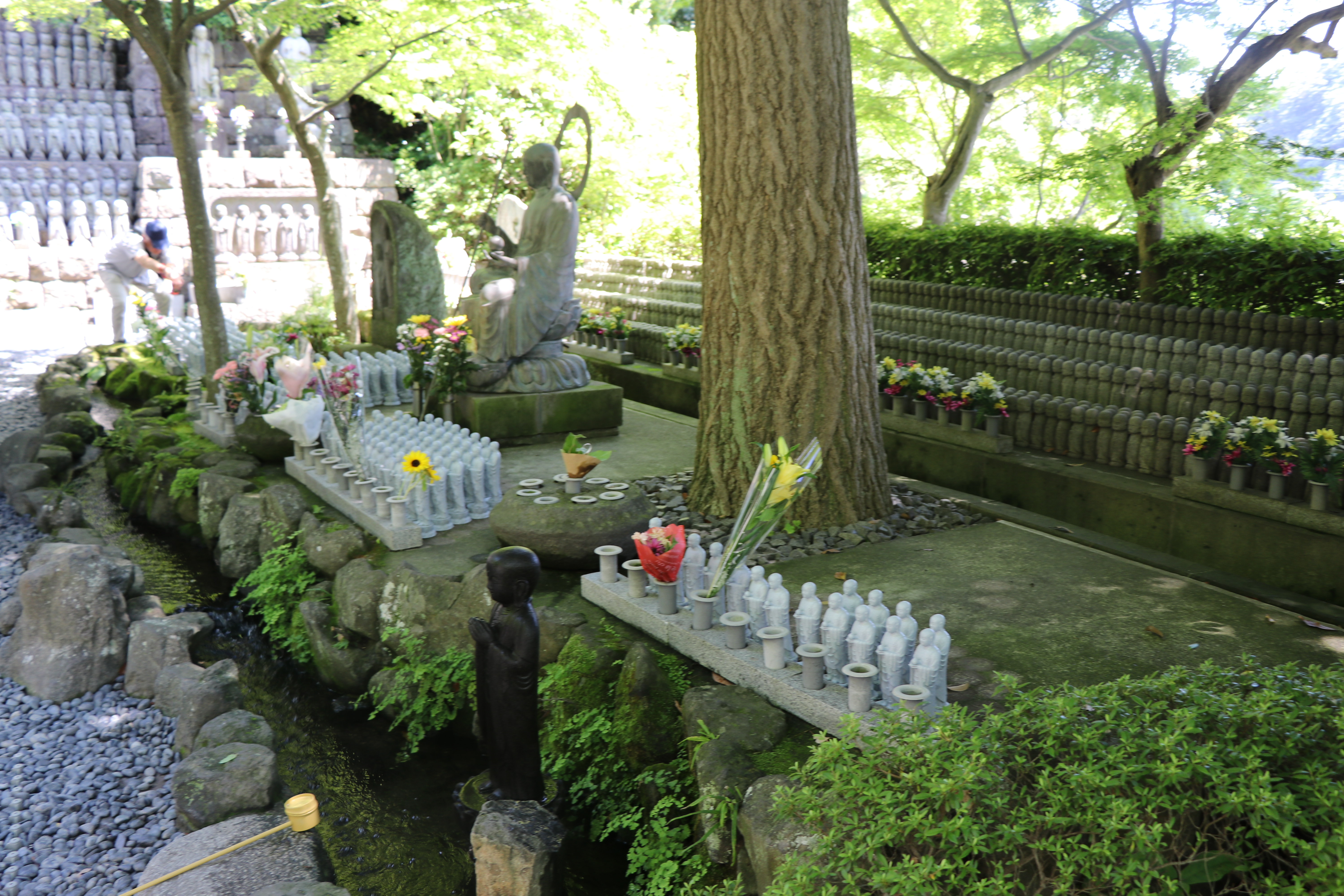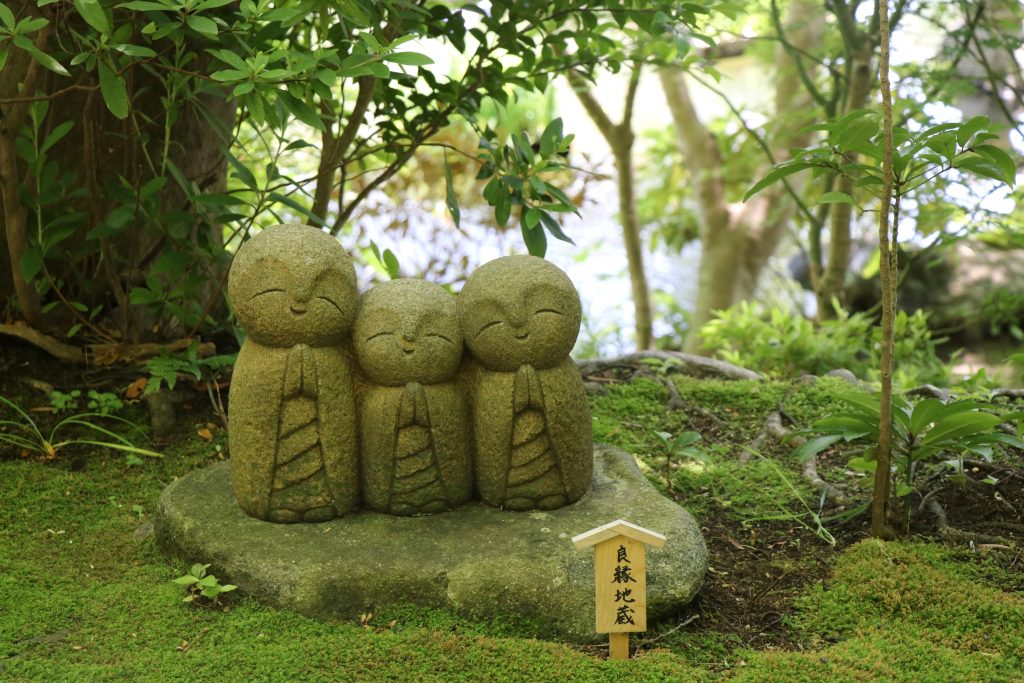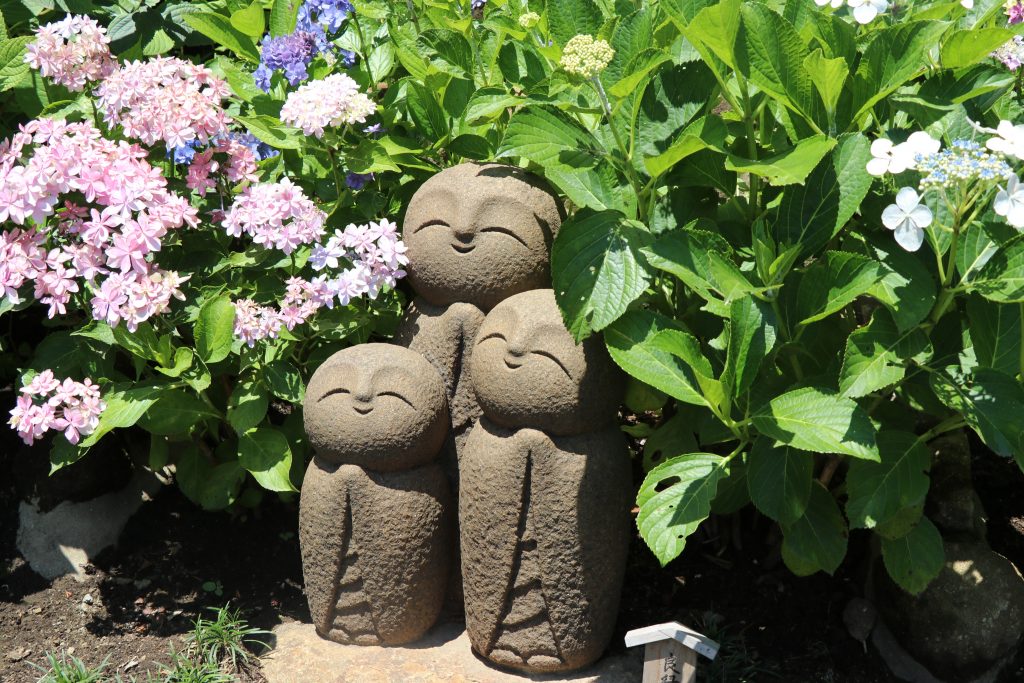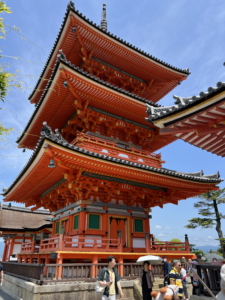
This picture shows small, white Jizo statues that were placed by mothers who have lost children.
Among the many adventures we had while being in Tokyo, one included a day trip to Kamakura to visit Hasedera Temple. Instead of talking about Hasedera itself, I’d like to shed some light on these small statues found within it called Jizō statues. I was awestruck with the cuteness of these little statues and wanted to know the meaning behind them. A few short Google searches later caused my heart to ache with a combination of happiness and sadness when I learned more about them.
Before talking about the cute appearance of these little guys, let’s talk about the meaning behind them. Jizō Bosatsu is a Japanese Buddhist god that protects children and unborn children who have died before their parents.
The story says that children who face judgment in the afterlife are doomed to stack rocks on the riverbed of souls in purgatory because they didn’t have a chance to build up good karma on earth. Jizo is said to help these children cross the river to salvation by concealing them in the sleeves of his robe, freeing them from an eternity of stacking rocks.
These statues come in many different forms and can be found across Japan in temples, cemeteries, shrines and even forests. Some of the sculptures can be seen wearing bibs and hats put on them from mothers who hope that if they keep the statue warm, Jizo will do the same for their child in the afterlife. You can also find stacks of rocks in front of them put there with hopes to reduce the child’s ordeal in the afterlife.

A statue of three Jizo are called Ryo-en Jizo. 
This statue is called a Nazomi Jizo Statue. 
The solemn cuteness of these statues aim to bring hope to the mothers that their child will be cared for in the afterlife.
These particular Jizo statues, unlike others, are shown wearing robes. It’s more common to find worn-down statues adorned with handmade bibs and hats. Sometimes, that is the only indicator that it is a Jizo statue because it will be nothing but a worn-down, gray rock with clothes on it. There are many different versions of this statue, but they all represent the same heart-touching thing, making them all just as amazing.
I was obsessed with how cute these little guys are, but once I learned the tale behind them, it hit too close to home and made me think of how this would have helped some of my family and friends through tough times. It’s nice to know that Japan offers a special thing to help mothers through this time while also trying to instill a little hope and ease their pain.







